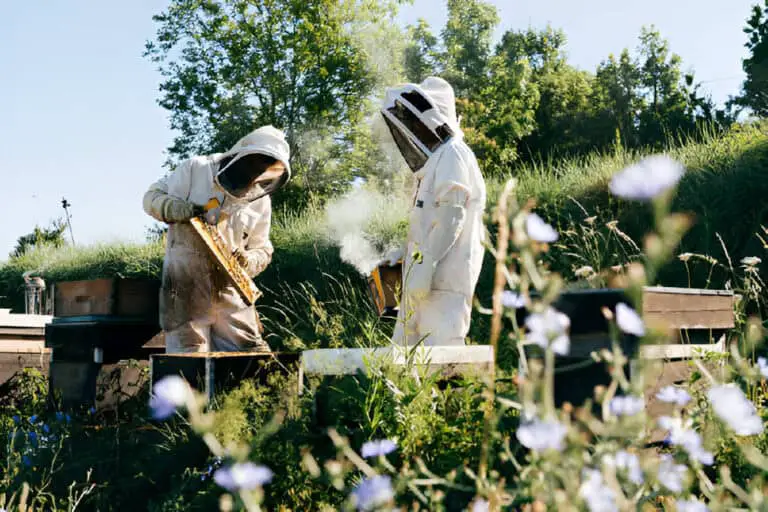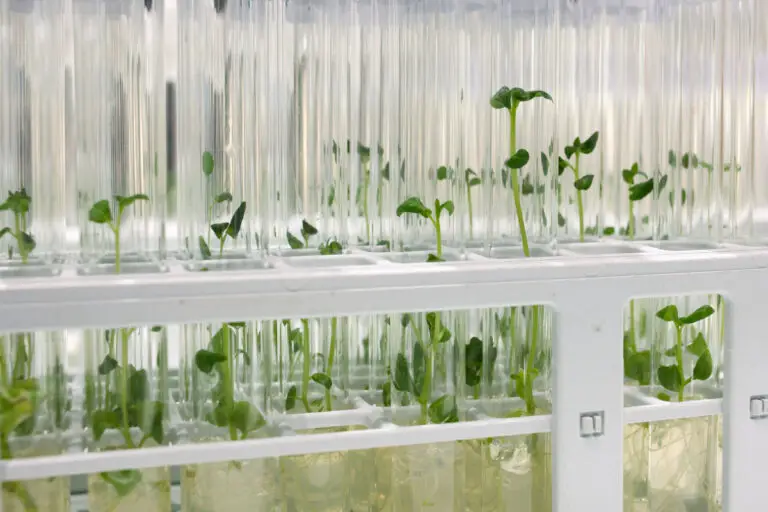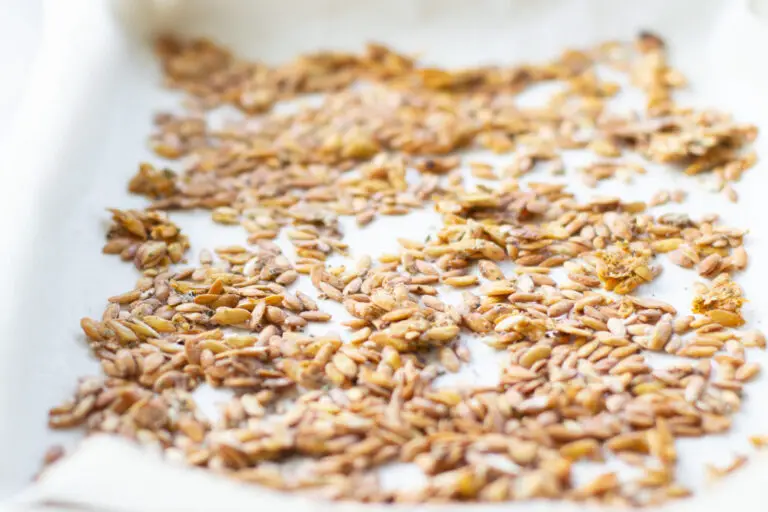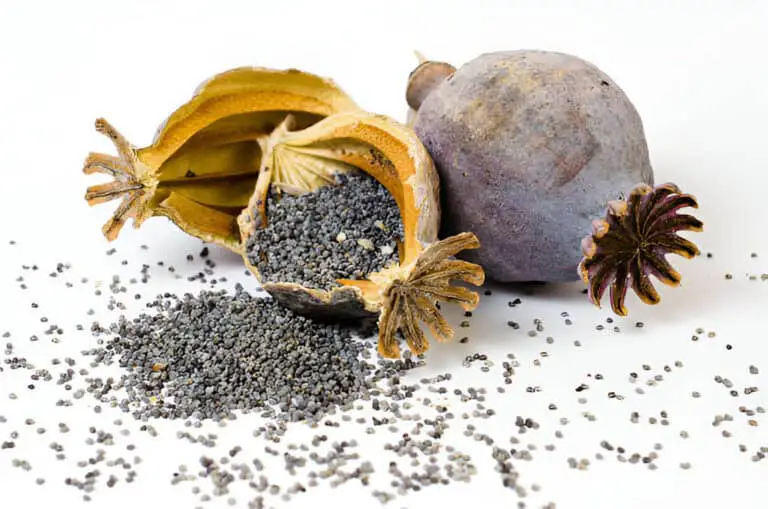Why Is My Cactus Turning Brown at the Bottom and Top?
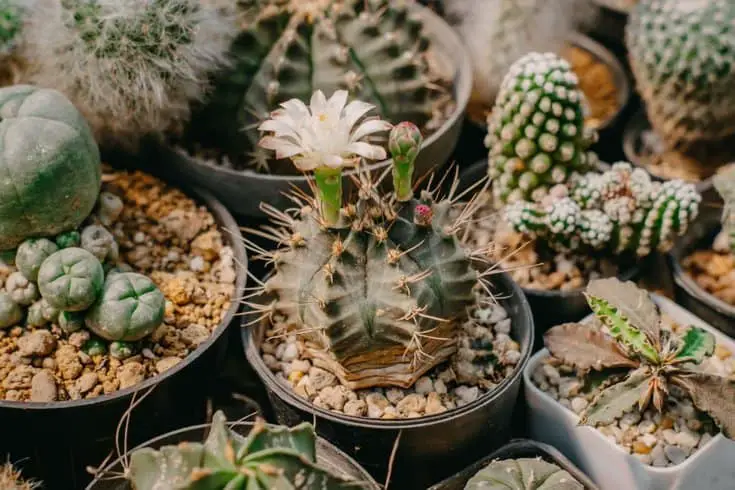
Cacti are succulent plants that come in a variety of shapes and sizes. Cacti can be found almost anywhere there is a lot of sun and water. Cactus is native to the Americas and can be found in a variety of climates.
Cacti are resilient, low-maintenance plants. They are generally easy to care for and can be kept in a pot or on the ground. Most of the time, all they need to grow well is just enough light, soil that drains well, and careful watering.
Pest and fungi issues are infrequent, and they’re easy to treat. These varieties are thought to be hardy. But, cacti-hobbyists often worry about stem dryness and discoloration.
So when one day, to your surprise, you find your browning cactus at the bottom or top, you wonder what happened.
Excessive sunburn, for example, might be the cause of the browning of your plants on the top end. Root rot might be the reason if the browning starts at the bottom. Your plant’s appearance may also shift from green to brown due to pets that are common among cacti: red spider mites and corking.
This post will go through all the reasons why your cactus is turning brown, as well as what you can do to restore it. Continue reading to learn all you need to know.
Why Is My Cactus Turning Brown?

The cactus should be green all over! Not just the leaves, but the stem and fruit as well. This is how you can tell if your cactus is healthy. If the cactus is not green all over, there may be something wrong with your plant.
Below are some reasons why the cactus leaves are turning brown, mostly on the top-up and bottom.
Too Much Water
A cactus is a succulent, meaning it retains water in its tissues to survive in dry environments. Like other succulents, cacti have evolved to minimize water loss. One way they do this is by regulating water loss through their leaves.
Overwatering is one of the most common concerns people have with indoor cacti. If you’re not sure if it needs water, err on the side of caution and don’t spray or water it often.
Your cactus will do much better if you don’t water it enough instead of too much.
Cacti are not like other houseplants in many ways. Because it comes from a dry environment, it will continue to absorb all the available water. Every drop is necessary for absorption. The more water your cactus is given, the more it will absorb and eventually rot.
Not Enough Light
A cactus that isn’t getting enough light is turning brown. If you’re not sure if your cactus is getting enough light, here are a few things to look for:
- When a new cactus’ branches appear tall and lanky, they are striving to reach the light. This is one of the first signs that your cactus isn’t getting enough light.
- The cactus should be green all over. If it’s got any brown patches, it’s not getting enough light.
- The cactus should have strong stems. Weak stems mean the cactus isn’t getting enough light.
So keep an eye out for this issue. You can detect it sooner rather than later.
If you think your cactus isn’t getting enough light, move it to a different spot in a better location.
Even if it has been placed in a sunny position, if the soil and cacti are situated too low in the pot (a few inches below), it may not receive enough light.
Too Many Lights
One of the most common reasons for turning brown is excessive lighting. When a cactus is exposed to too much sunlight, it can become sunburned. This will cause the cactus to turn brown and eventually die.
Insects, Pests, and Pathogens.
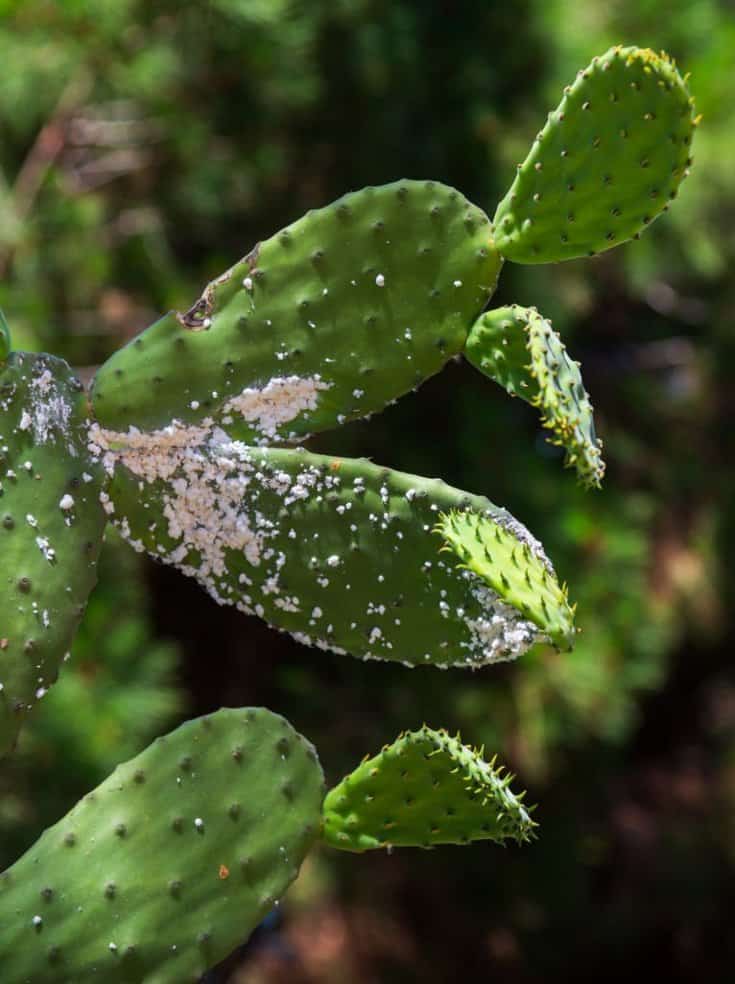
Your indoor cactus plants can get the same insects, pests, and pathogens as outdoor ones. Indoor plants, on the other hand, may encounter a variety of lasting issues.
A few of the most common pests are aphids, mealybugs, scale insects, and white flies. These insects can cause damage to the plant by sucking sap from the cactus, which can lead to wilting or death.
Unfavorable Circumstances
Make sure your houseplants aren’t too close to a thermal outlet if they start to brown or dry out.
The hot air flow from the exit can cause plant cells to crisp up, despite the thick covering of gloop that covers the plant.
The cold temperature from the AC vents will also not be good for the plant. It can potentially inflict significant damage, but the effects may take longer to manifest.
Too Much Fertilization
Excessive fertilization can cause the plant to grow too fast and not have enough time to store food in its stem and roots. This will result in the plant starving to death and turning brown.
How to Stop Cactus From Turning Brown
Preventing your cactus from turning brown is actually not a difficult task. As you know from the above, the causes are easy to remedy.
There are several ways to prevent the cactus from turning brown.
One way to prevent the cactus from turning brown is to water it regularly. The cactus should be watered when the top two inches of soil are dry. If the cactus is not watered regularly, it will turn brown.
The simplest thing you can do is place the cactus in a container with a drainage hole. This is another approach to keep it from becoming brown. Fill the pot halfway with well-draining soil. The cactus will turn brown if the pot does not have a drainage hole.
Another thing worth trying is placing the cactus in direct sunlight. Doing this will keep it from turning brown. Insufficient as well as excessive sunshine might cause your cactus to become an undesirable color.
How To Care for Your Cactus When Trimming
Pruning a cactus plant is not always needed, and when you do, it depends on your reasons for doing so.
You may prune your succulent plant to curb the browning development. There are a few reasons to prune a cactus. You do it for propagation, rejuvenation, and structural integrity. These reasons can get you started on the path to clean up your succulents.
When you are trimming your cactus, there are a few things you need to keep in mind in order to care for it properly after the trimming.
- Make sure to use a sharp blade when trimming the cactus. Dull blades can cause damage to the cactus and lead to infection.
- Always cut away from yourself when trimming.
- Be sure to clean the blade after each cut in order to avoid spreading any infections.
- If you are trimming a large cactus, be sure to take your time and use caution not to damage the cactus.
- Finally, after trimming your cactus, be sure to water it properly and place it in a sunny location.
Conclusion
As you can see, there are several possible reasons for your cactus to change color, as you can see.
To get the right therapy for your brown spots, you need to recognize their signs and symptoms.
Don’t just try everything because the wrong solution might put your plant under excessive stress and make things worse.
After diagnosing the source of your dying cactus’ browning and discoloration, you may bring it back to life with the appropriate care and a little extra love.
FAQ
Can You Revive a Brown Cactus?
To revive a dying cactus, mimic natural conditions by placing it in at least 6 hours of sunlight. Only water after the soil has totally dried up. Plant it in specially designed gritty soil. This will increase drainage and help the cactus recover.
How Do You Save a Dying Cactus?
Without more information, it’s difficult to determine how to preserve a dying cactus. It all depends on how it’s dying and what caused it. Most of the time, a cactus will die from either rotting at the tip or at the bottom.
So take a close look at the plant to see if any of the sections are changing color or if the cactus feels squishy. Both a soft and squishy cactus are indicators of decay.

